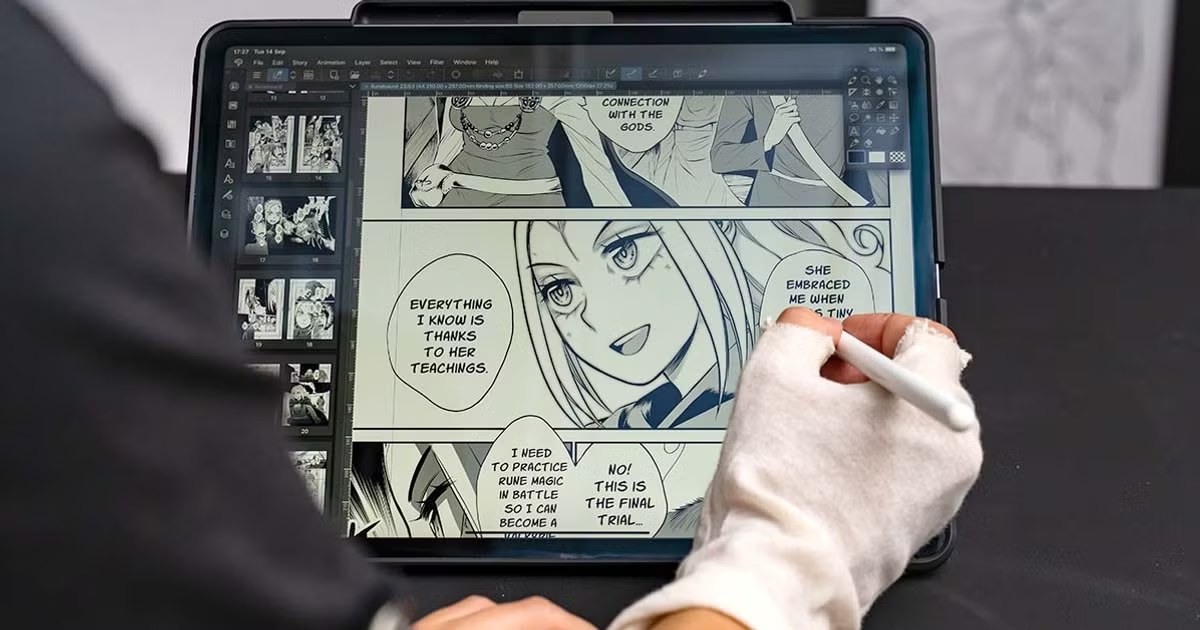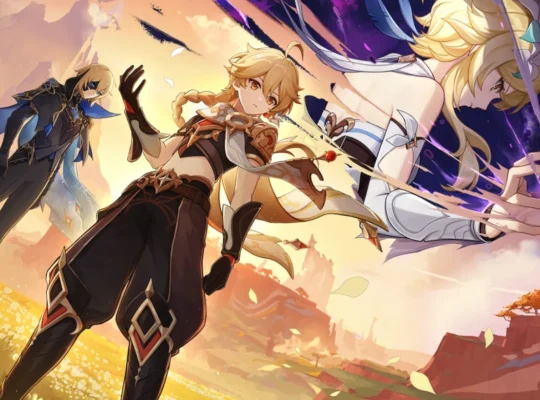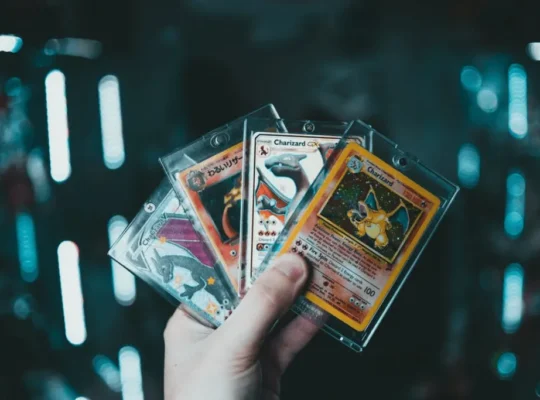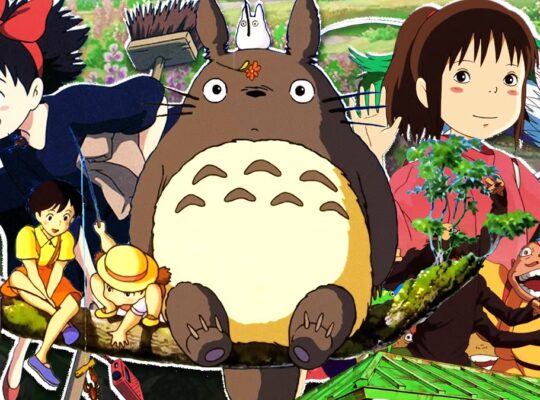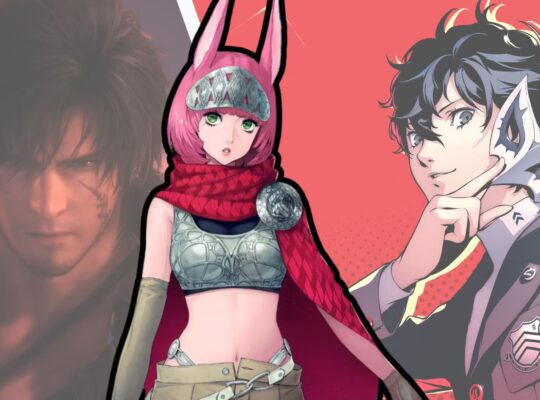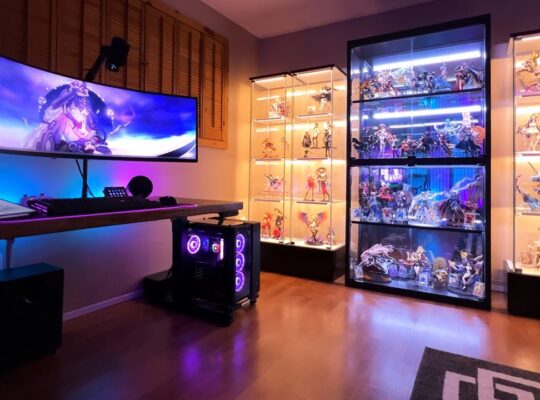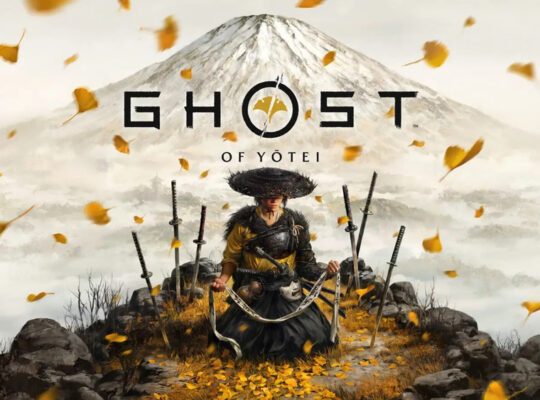Manga has always been about change. From the days of black-and-white pages printed on newsprint to today’s slick digital apps where new chapters drop worldwide at midnight, the medium has evolved with every generation. Now, as technology, AI, and globalization reshape how stories are created and shared, fans and creators alike are wondering: what’s next for manga?
One thing is certain – manga’s future isn’t about replacing tradition. It’s about expanding the art form’s reach, creativity, and audience.
Manga in the Digital Age
For today’s readers, manga is just a tap away. Digital platforms like MANGA Plus, Shonen Jump App, and Webtoon have transformed how people discover and read stories. A decade ago, international fans often waited months – sometimes years – for translations. Now, official “simulpubs” release new chapters the same day as Japan.
The shift to digital has also broken barriers of access. Fans can binge Jujutsu Kaisen on their phones during lunch breaks or read new indie manga from creators across the globe. Subscription models, digital anthologies, and mobile-friendly layouts have turned manga into a global, on-demand experience.
Younger readers especially see digital reading as the norm, not a replacement. One fan might collect print volumes for their shelf but still check new chapters online every week. It’s a blend of nostalgia and convenience that keeps manga thriving in both physical and virtual spaces.
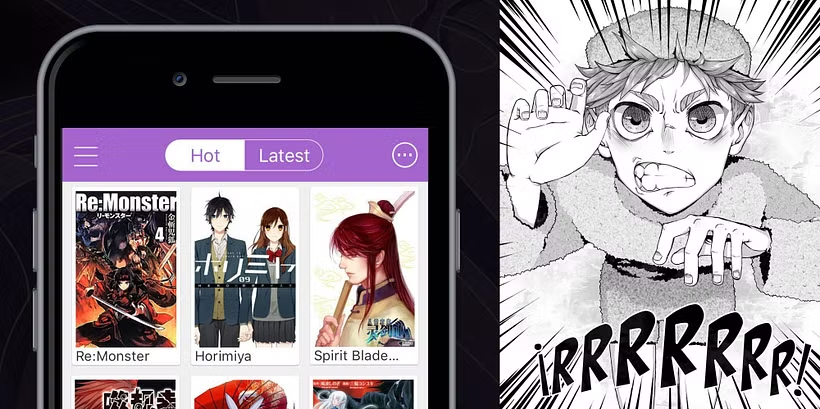
The Rise of AI in Manga Creation
Artificial Intelligence is making waves in nearly every creative industry – and manga is no exception. For many artists, AI tools are becoming assistants rather than replacements. Programs can now automate time-consuming tasks like background design, shading, or translation cleanup.
Some creators are already experimenting. Projects like Cyberpunk: Peach John – a manga assisted by AI-generated visuals – show how technology can support storytelling without erasing human creativity. Writers and illustrators still define the tone, style, and emotion; AI simply speeds up the process.
There’s debate within the community, of course. Some fear automation could replace traditional artistry, while others see it as a way for smaller creators to produce polished work without large teams or budgets. The key lies in balance – using AI as a creative tool, not a substitute for passion.
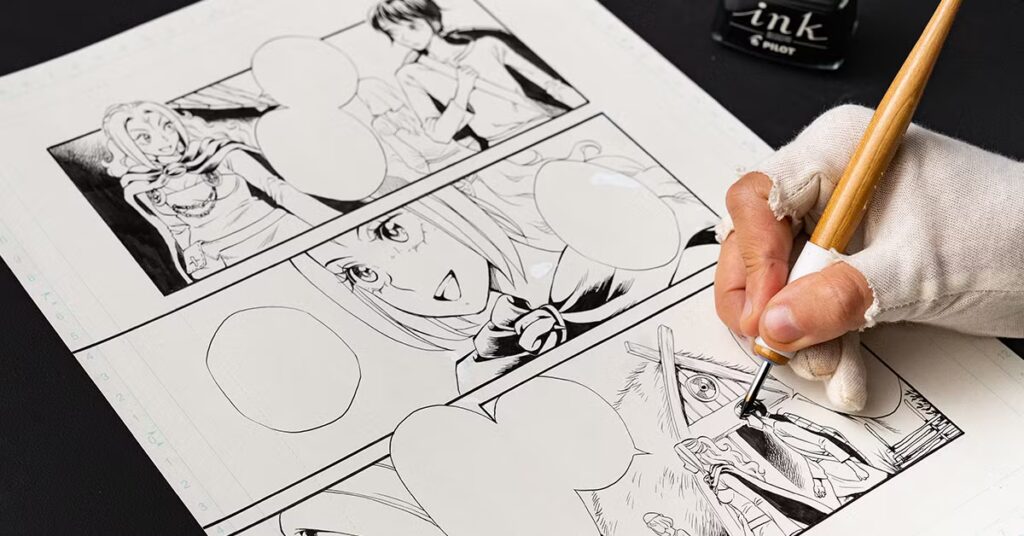
Global Manga: When East Meets West
Manga may have started in Japan, but today, it’s a truly international language. Artists from Korea, France, the U.S., and Indonesia are creating works inspired by the manga style while adding their own cultural influences.
Korean webtoons like Solo Leveling and Tower of God have achieved worldwide popularity. French creators like Tony Valente (Radiant) are publishing manga-style series with Shonen Jump-level production. Meanwhile, global platforms such as Webtoon Originals, Pixiv, and Tapas have given new voices a place to shine alongside Japanese professionals.
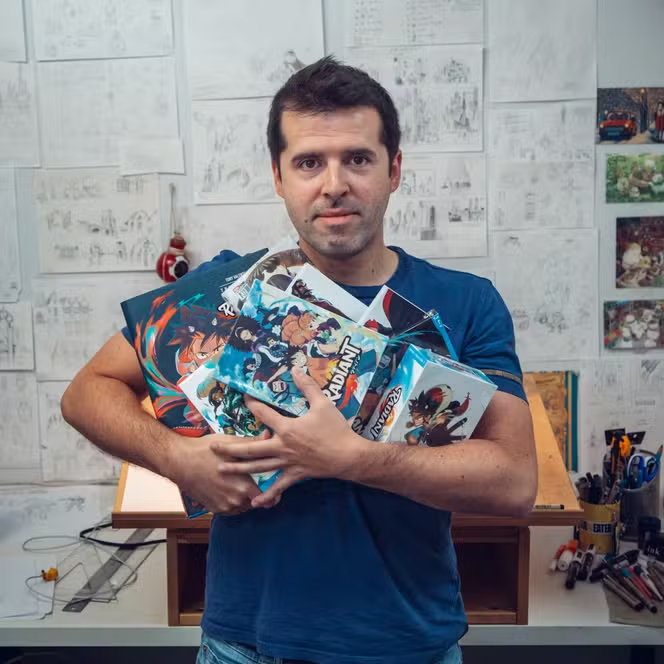
This creative exchange has given birth to what fans call “global manga” – stories that carry the emotional rhythm of Japanese storytelling but reflect the diversity of cultures worldwide. For readers, it means more variety, more representation, and more stories that connect beyond borders.
Fans Without Borders: The Global Manga Community
Technology hasn’t just changed how manga is made and read – it’s changed who reads it together. Online communities on Reddit, Discord, and TikTok have turned fandom into a global conversation. Fans share memes, theories, and fan art in real time, breaking down language barriers through shared passion.
Social media can also make or break a series overnight. Titles like Chainsaw Man and Oshi no Ko gained massive traction thanks to fan-made clips and viral discussions. A single emotional panel can spread across the internet, bringing new readers to a story within hours.
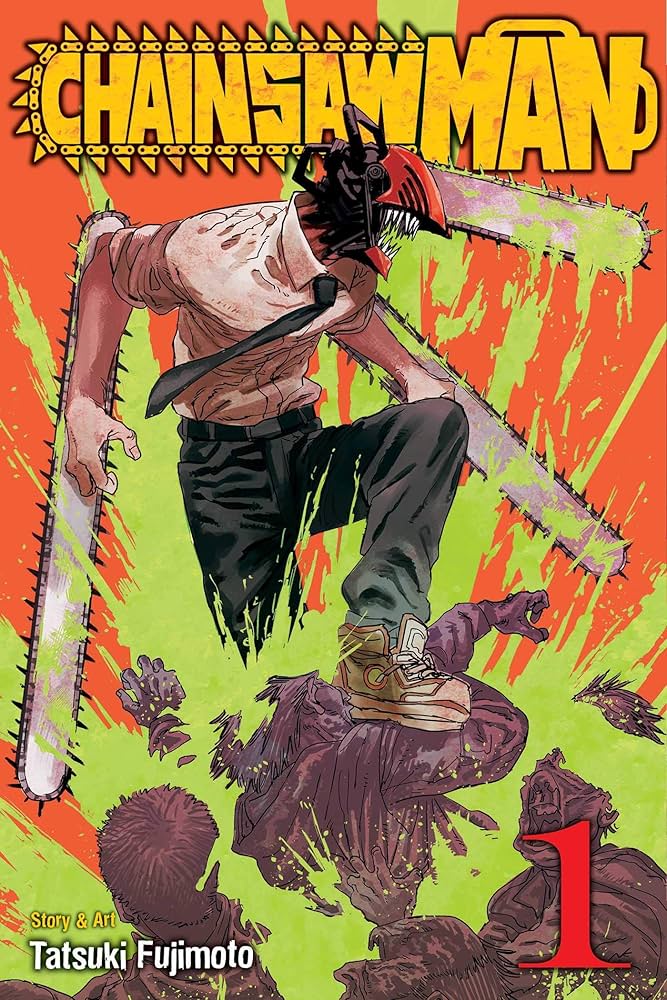
Conventions, cosplay, and fan translations have all contributed to this sense of community. No matter where you’re from, being a manga fan means being part of a massive, connected world of creativity.
Challenges and Opportunities Ahead
Of course, with every leap forward comes a few challenges. Piracy remains a concern as digital content spreads faster than ever. Some readers worry about subscription fatigue, while others question how AI might impact jobs in creative industries.
Still, the opportunities far outweigh the risks. Digital publishing gives aspiring artists access to global audiences. AI tools can make production faster and translation more accurate. And international collaborations continue to push the boundaries of what manga can be – visually, narratively, and culturally.
Manga has always adapted to the times. From the printing press to the internet age, it’s proven that storytelling thrives when creativity meets innovation. The next evolution will be no different.
Conclusion
Manga’s future is wide open – and it belongs to everyone. Whether it’s drawn on paper, generated with digital help, or read on your phone at midnight, the heart of manga will always be its stories and the people who bring them to life.
As technology bridges creators and fans across the world, manga isn’t losing its soul – it’s gaining new dimensions. The next great series could come from Tokyo, Seoul, Paris, or maybe even your own tablet.

